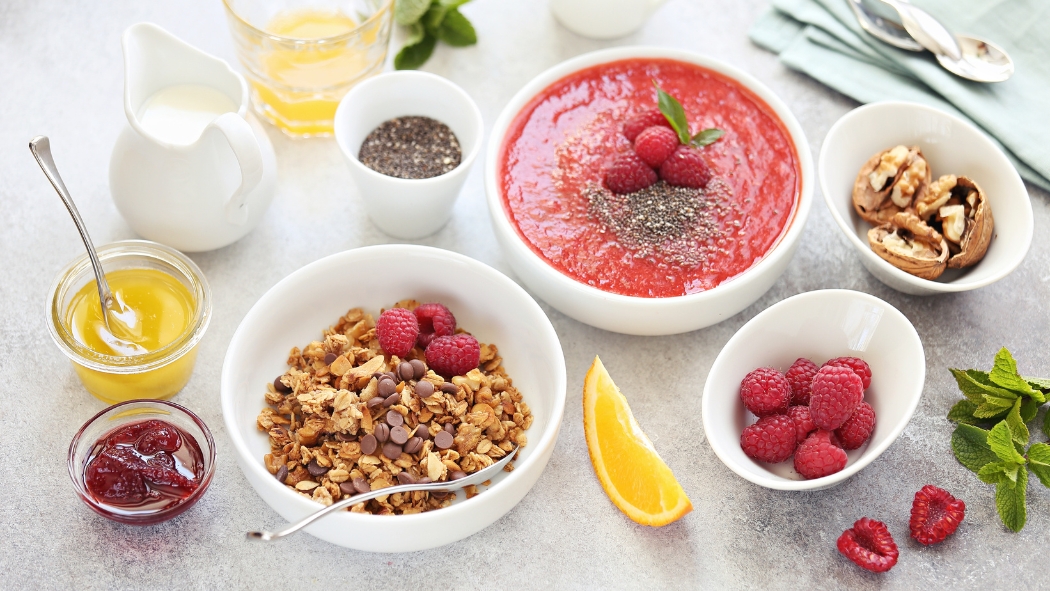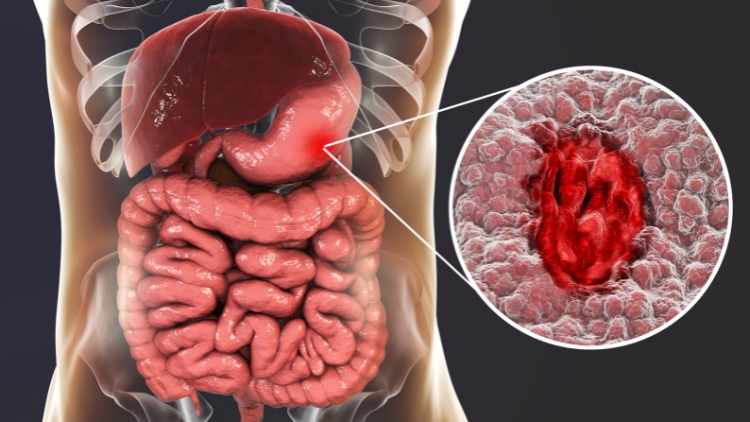Okay, let’s be frank. Nobody enjoys discussing constipation. It’s hardly scintillating conversation, unless your goal is to rapidly empty a room. But we’ve all experienced it. That uncomfortable, distended feeling, like you’re harboring a miniature, irritable watermelon in your abdomen… Not pleasant. And the bloating? The “I’m six months pregnant with a burrito” aesthetic is rarely a desired look.
I’ve personally wrestled with this intermittently for years. There was this one particularly memorable occasion where I felt so impacted, I could have plausibly auditioned for a role as a human-shaped weather balloon. (Definitely not a career highlight.) But through persistent trial and error (and a truly alarming quantity of prune juice… more on that later), I’ve accumulated some genuinely useful strategies. So, brew yourself a cup of herbal tea (or, perhaps, hold off on the coffee for now – we’ll address that shortly) and let’s delve in.
1. Fiber: Your Digestive System’s BFF (But Introduce Them Gradually)

Fiber is universally touted as a digestive aid, and for good reason. It acts as a sort of internal broom, ensuring everything progresses smoothly. However – and this is crucial – you can’t abruptly go from zero to fiber overload. Imagine introducing a timid, wallflower friend to a raucous, crowded party. It’s a recipe for overwhelm.
Start incrementally. Add a piece of fruit to your breakfast. Incorporate a handful of spinach into your smoothie (I promise, with enough berries, it’s virtually undetectable). My personal staple is a generous bowl of oatmeal with berries and a sprinkle of chia seeds. Chia seeds are remarkable little fiber bombs; they expand in your stomach, creating a feeling of fullness and, well, facilitating things.
Fiber Powerhouses:
- Fruits: Apples, pears, berries, and the iconic PRUNE (we’ll revisit this shortly). Bananas are a bit of a wildcard – some find them helpful, others find they worsen constipation. Listen to your body.
- Vegetables: Carrots, spinach, peas. Broccoli and Brussels sprouts are excellent, but proceed with caution if you’re prone to gas (see “Gassy Culprits” below).
- Whole Grains: Whole wheat bread (avoid the refined white variety), oatmeal, brown rice.
- Legumes: Beans, lentils, chickpeas – “the musical fruit,” indeed! (I couldn’t resist.)
- Nuts/Seeds: Almonds, pistachios (my personal kryptonite), chia seeds, flax seeds.
Gassy Culprits (aka Limit These Initially): Cabbage, broccoli, cauliflower, Brussels sprouts, beans (yes, they’re on both lists – the digestive system is complex!), onions, excessive amounts of dried fruit. Essentially, anything that makes you think, “Hmm, that might make me a bit… windy.”
2. Hydration: The Unsung Hero (Seriously, Drink)

I used to be chronically dehydrated. I’d get so engrossed in work (or, let’s be honest, endlessly scrolling through social media) that I’d simply forget to drink water. Then I’d wonder why I felt like a desiccated husk.
Visualize your digestive tract as a water slide. Insufficient water leads to… stickiness. And blockages. Keep a water bottle readily accessible at all times. Mine is even adorned with motivational time markers, designed to shame me into consuming adequate fluids. It’s surprisingly effective.
Pro Tip: Interestingly, sparkling water can be more beneficial than still water for some individuals. It worked wonders for me! Perhaps it’s the effervescence. However, steer clear of sugary sodas – they’re detrimental on multiple levels. Tea and coffee can contribute up to 3 cups, but anything more can make the issue worse.
3. Movement: Mobilize Your… Movements

Exercise isn’t solely about achieving an aesthetically pleasing physique (although that’s a pleasant side effect). It genuinely stimulates internal activity. You don’t need to immediately embark on marathon training. A brisk post-dinner walk, some yoga stretches (Downward-Facing Dog is particularly effective), or even just unrestrained dancing in your kitchen to your favorite guilty-pleasure pop anthems (I won’t judge!) can make a significant difference.
I’ve found that incorporating core exercises, such as planks (I loathe planks, but their efficacy is undeniable), is remarkably helpful. It’s akin to providing your intestines with a gentle, encouraging nudge.
4. The Over-the-Counter Conundrum: Help or Hindrance?

Sometimes, lifestyle modifications simply aren’t sufficient. And that’s perfectly acceptable! There’s no shame in seeking a little assistance. A plethora of over-the-counter options exist, ranging from stool softeners (precisely what their name suggests) to laxatives (which, shall we say, induce significant movement).
- Osmotic Laxatives (e.g., MiraLAX): These draw water into the colon. Generally gentle, but can induce bloating.
- Stimulant Laxatives (e.g., Dulcolax): These stimulate intestinal contractions. More… assertive. Use judiciously!
- Stool Softeners (e.g., Colace): These add moisture to the, ahem, output. Beneficial for preventing straining.
- Bulk-forming Laxatives (e.g., Metamucil): These increase bulk. Ensure you consume ample water with these; otherwise, you’ll exacerbate the problem. I learned this the hard way. It was… unpleasant.
Crucial Warning: Laxative Overuse: Do not become dependent on laxatives. Overuse can lead to decreased bowel function and create a vicious cycle of dependency. If you find yourself relying on them regularly, consult a doctor immediately.
5. Home Remedies: From Prunes to… Posture?

Ah, prunes. The time-honored constipation remedy. They’re rich in fiber and sorbitol, a natural laxative. I used to despise them, but then I discovered prune juice. (Still not my ideal beverage, but undeniably effective.) I also find that drinking warm water upon waking acts as a gentle “good morning” signal to my digestive system.
And then there’s the… posture adjustment. Apparently, our modern toilet design isn’t conducive to optimal, uh, evacuation. Elevating your feet with a small stool while on the toilet (so your knees are higher than your hips) can be remarkably transformative. It simulates a more natural squatting position. There are specialized toilet stools available, but a stack of books functions equally well.
Coffee: A double-edged sword. For some, it’s a miracle elixir. For others (like myself, unfortunately), it can worsen matters. Observe your body’s response carefully.
6. The Long-Term Strategy: Cultivating Consistency

This isn’t a quick fix; it’s about establishing sustainable lifestyle habits.
- Heed the call of nature! When your body signals the urge, go! Delaying only exacerbates the issue.
- Maintain a consistent meal schedule. This helps regulate your digestive processes.
- Listen to your body. If a particular food consistently causes bloating or constipation, eliminate it!
When to Seek Medical Attention (Urgently)

I’m not a medical professional (and this blog post emphatically does not constitute medical advice!). If you experience any of the following, immediately consult a doctor:
- Sudden, drastic alterations in your bowel habits.
- Blood in your stool (red or black, tarry stools – both can indicate internal bleeding). This is paramount!
- Intense abdominal pain, nausea, or vomiting.
- Constipation persisting beyond three weeks, despite implementing home remedies.
- Unexplained weight loss.
- Suspicion of a bowel obstruction (inability to pass gas, severe bloating, pain).
A doctor may conduct various tests (blood tests, stool tests, potentially a colonoscopy – don’t panic, it’s generally less daunting than it sounds). They can determine if a more serious underlying condition is present and recommend appropriate treatment.
The Bottom Line
Constipation and bloating are frustrating, uncomfortable, and occasionally socially awkward. But they’re also incredibly prevalent. Don’t hesitate to discuss it (perhaps not during a formal dinner, though) and don’t hesitate to seek professional help when necessary.
You’ve got this! Go forth and conquer your digestive woes!







